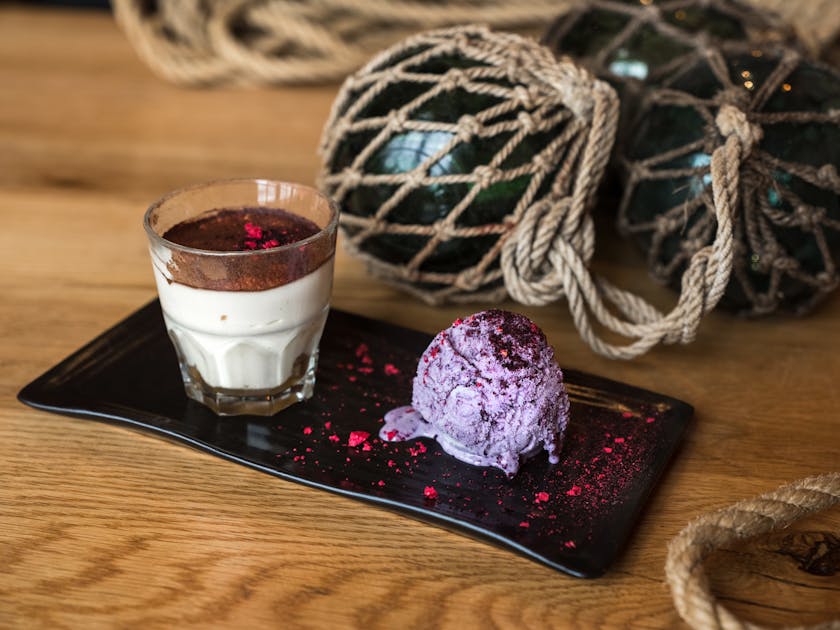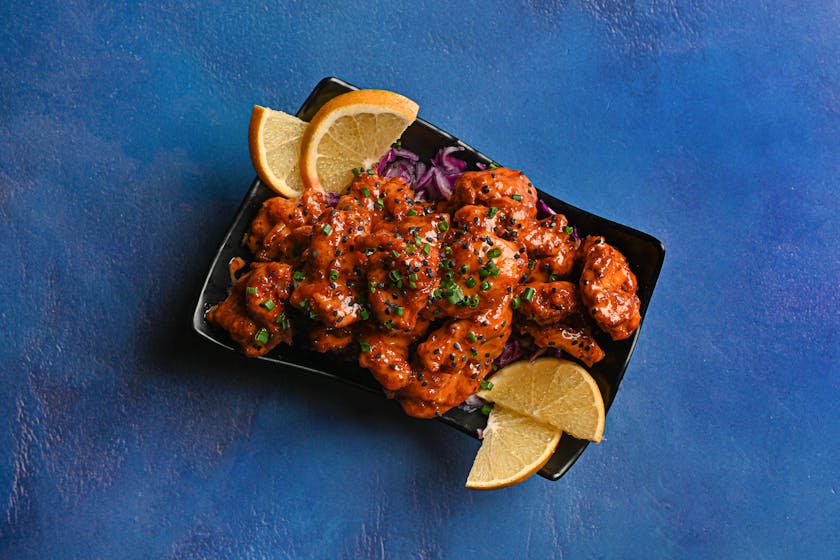If you’re delving into the practice of once-a-month cooking, understanding the longevity of frozen bulk meals is crucial. Not only does this knowledge help in reducing food wastage, but it also ensures that the meals you consume are safe and of the best quality possible. In this comprehensive guide, we’ll explore the strategies and tips to maximize the shelf life of your frozen meals.
Understanding the Basics of Freezing Meals
Freezing is a time-tested method of preserving food, and when done correctly, it can keep your meals safe for consumption over extended periods. The key to successful freezing lies in understanding how temperature, packaging, and food types affect the longevity of your meals.
Optimal Freezing Temperatures
Firstly, ensure that your freezer is set to the optimal temperature of 0°F (-18°C) or lower. This temperature halts microbial growth and preserves the nutritional quality of the food. Any temperature fluctuations can lead to freezer burn and spoilage, so it’s essential to maintain a consistent freezing environment.
Choosing the Right Packaging
Secondly, the type of packaging you use can directly impact how long your meals will last in the freezer. Airtight containers or vacuum-sealed bags are the best choices as they prevent air from getting in and causing oxidation. Make sure to label each package with the date of freezing to help keep track of how long they have been stored.
Freezing Techniques for Different Types of Meals
Different meals require different freezing techniques. Here’s a breakdown to help you freeze a variety of meal types effectively.
Freezing Cooked vs. Uncooked Meals
Cooked meals: Allow cooked meals to cool completely before freezing. This prevents the buildup of condensation, which can lead to ice crystals and freezer burn. Divide the meal into portion sizes to avoid thawing more than you need at one time.
Uncooked meals: When it comes to items like marinated meats or casseroles, freezing them uncooked can preserve their texture and taste. Just make sure to use freezer-safe dishes or bags.
Handling Soups and Stews
For liquid-based meals like soups and stews, leave an inch of space at the top of the container to allow for expansion when frozen. Cool the soup or stew in the refrigerator before transferring it to the freezer.
Defrosting and Reheating Your Frozen Meals
Defrosting and reheating are just as important as proper freezing. Here’s how to safely bring your meals back to life.
Safe Thawing Practices
Thaw your frozen meals in the refrigerator, not at room temperature. This slow process ensures that the food remains at a safe temperature, reducing the risk of bacterial growth.
Reheating for Best Quality
When reheating, ensure that the meal reaches an internal temperature of 165°F (74°C) to kill any potential bacteria. Use a food thermometer to check the temperature and consume the meal immediately after reheating.
Maximizing the Shelf Life of Your Frozen Meals
While freezing can keep food safe for a very long time, quality can deteriorate over time. Here are some guidelines to ensure the best taste and texture.
Shelf Life Recommendations
As a general rule, frozen cooked meals should be consumed within 3-6 months for the best quality. Uncooked meals like marinated meats can last up to 9 months. Breads and baked goods are best consumed within 3 months to maintain their freshness.
Inventory Management
Keep an inventory of what you have in your freezer and rotate your stock. Use the oldest items first to ensure that nothing stays frozen beyond its prime quality timeframe.
In summary, once-a-month cooking is a fantastic way to save time and money, but it requires careful planning and knowledge to ensure the longevity of your frozen bulk meals. By following the tips outlined in this guide, you can enjoy delicious, home-cooked meals with the convenience of having them on hand whenever you need them.



